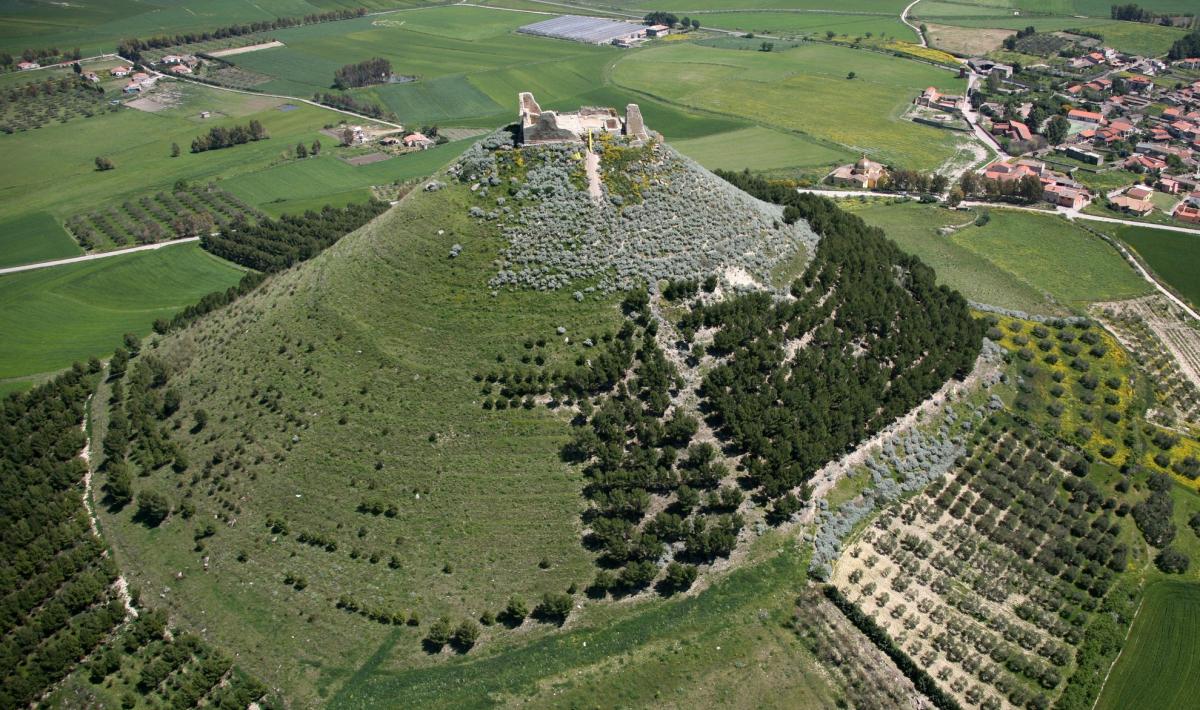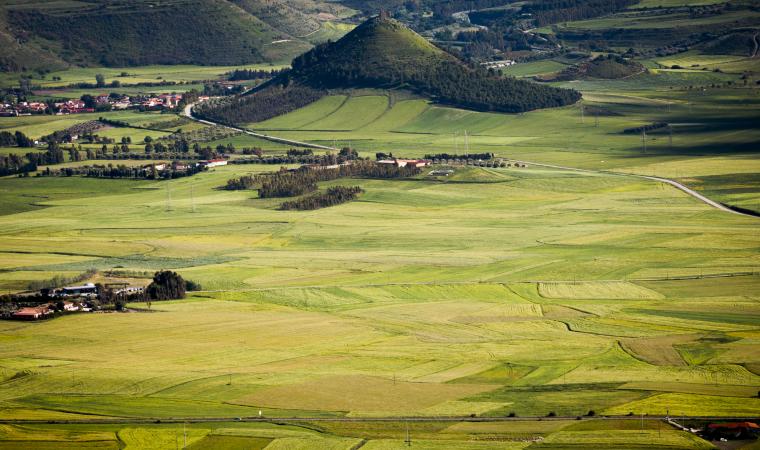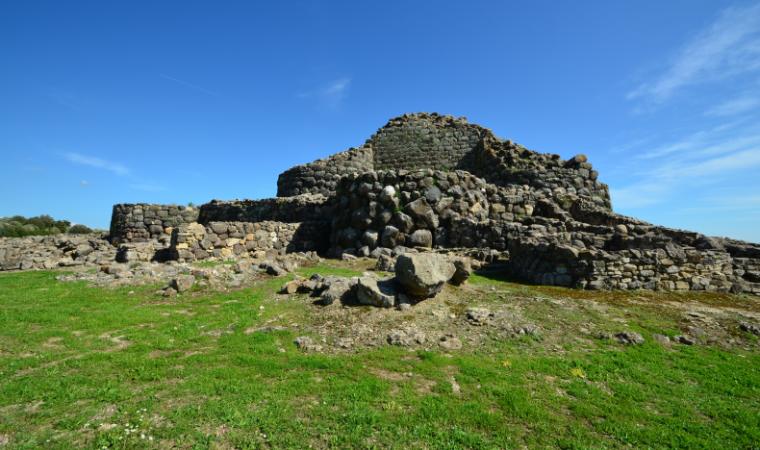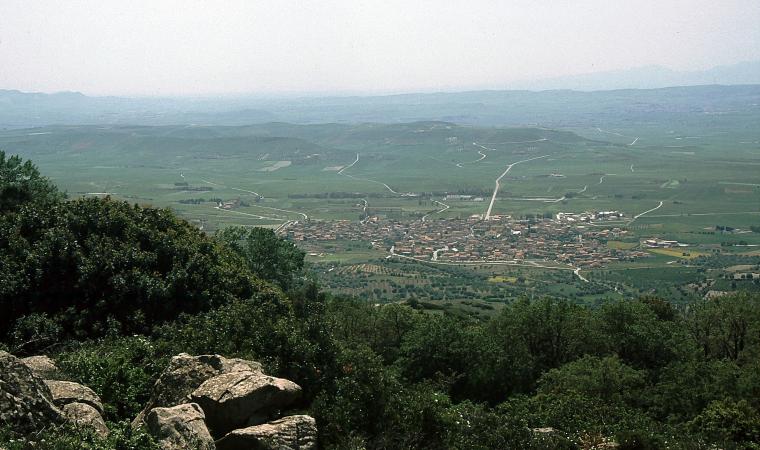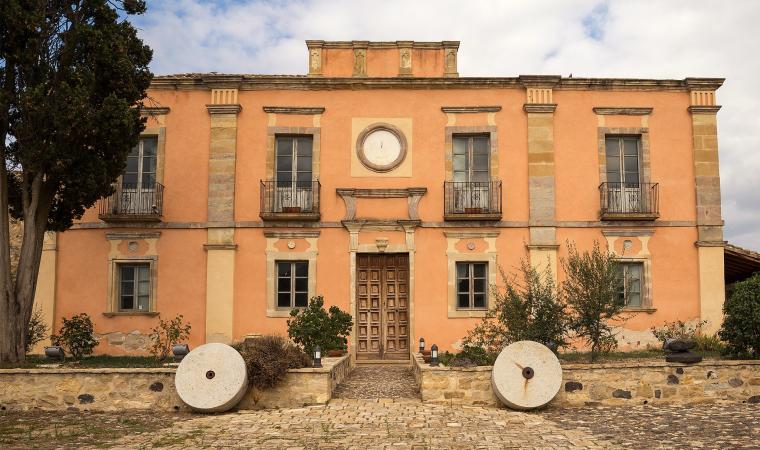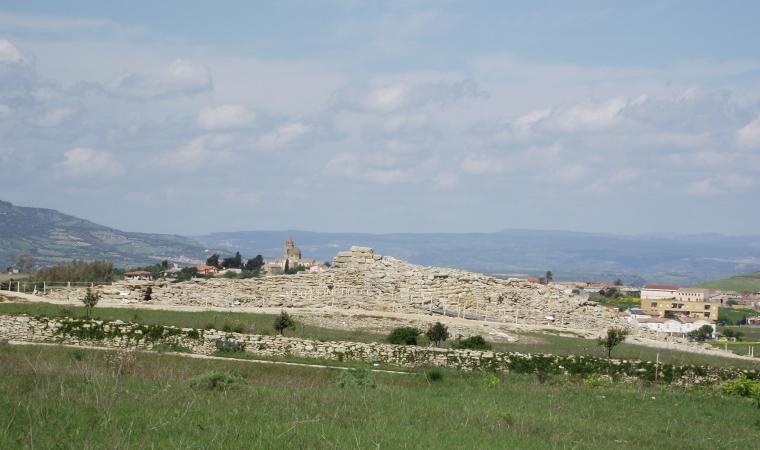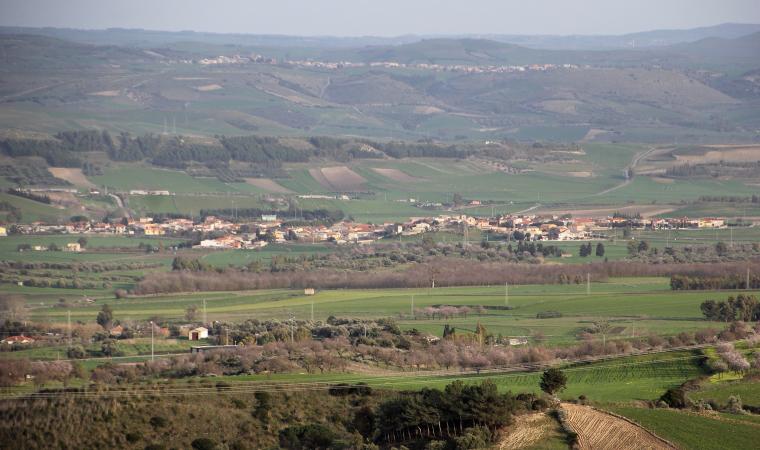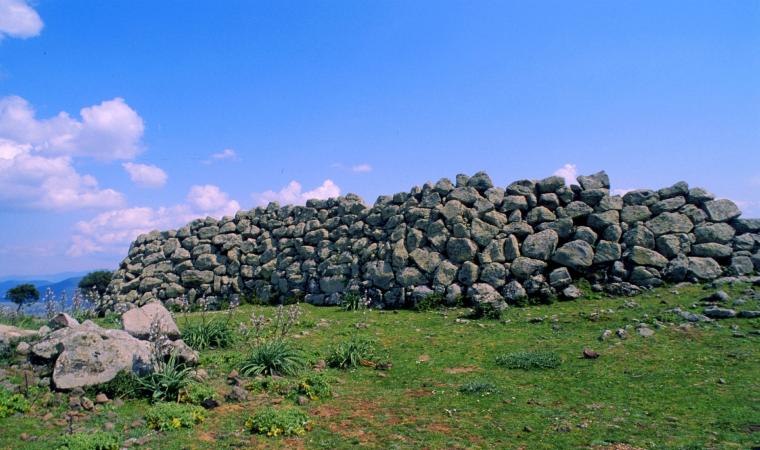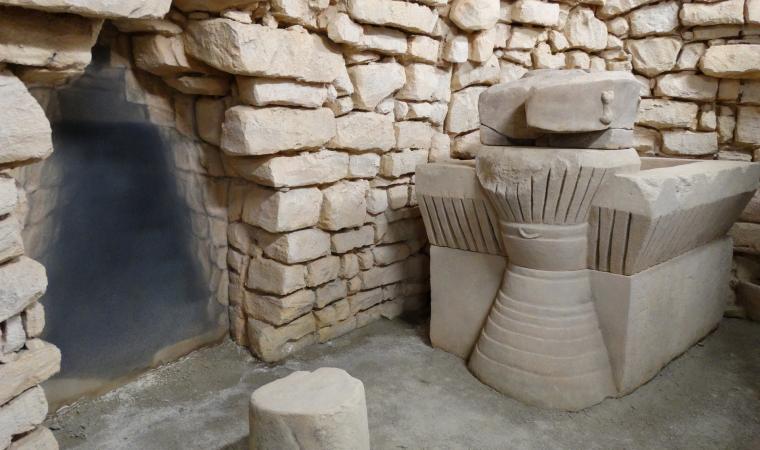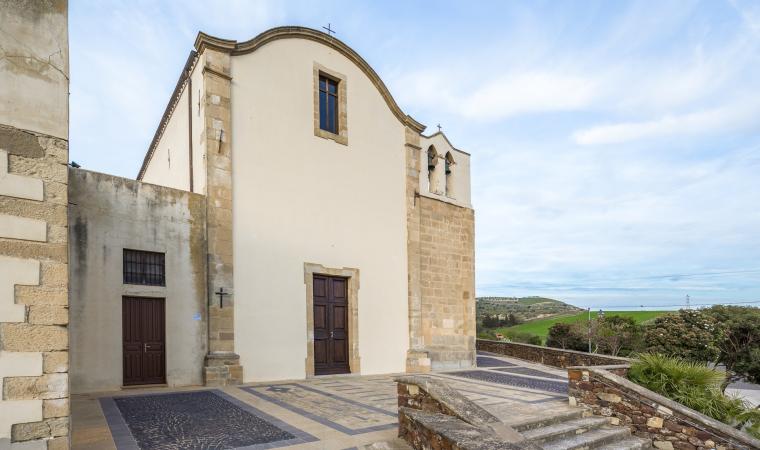A stronghold of the defensive border ‘belt’ of the Giudicato of Arborea, together with the Castello di Monreale in Sardara and the Arcuentu of Guspini, it played a fundamental role in the war against the Crown of Aragon. It is also said that Giudice Mariano IV stayed there and subsequently (perhaps) his daughter, the mythical Giudice Eleanor of Arborea, co-authors of the Sardinian legal code, Carta de Logu. The castle of Marmilla is a military fortress dating back to the times of the Giudicato, whose ruins rise in the territory of Las Plassas atop a hill that is 270 metres in height, perfectly conical and with a rounded shape, from which derives the name of Marmilla (as in, ‘mammillary’), a rich ‘land of wheat’. The castle was mentioned for the first time in a document dating back to 1172, the year in which it was ceded by the Giudicato of Arborea to the Republic of Genoa. Its origins date back even earlier, within the first half of the 12th century. It was the protagonist of the Middle Ages on the island, marked by protracted disputes. Following sa Batalla di Sanluri (the Battle of Sanluri in 1409), it became part of the Aragonese dominions, maintaining its defensive function for a century. Some rooms of the Castle, still in use during the feudal age, were then utilised as a prison until the 19th century.
The fortress, built on a rocky base ‘levelled out’ with blocks of squared sandstone, has an irregular hexagonal format, utilising all of the space at the top of the hill (550 square metres). It has undergone several renovations, the most significant operation dating back to Giudice Mariano II (late 13th century). In 2001, it was the subject of a consolidation project. To be admired today is the almost-intact main tower and walls, both perimetric and internal, and a large cistern dug into the rock, which together with one beyond the wall, ensured the supply of water. There is also a marked articulation of the rooms - garrison quarters, warehouses, grain stores, arms courtyard and guard area. During the excavations, parts of the architectural furnishings, ceramics of fine workmanship (from the 13th to 16th century), the remains of a millstone, fragments of weapons, glass and food were found.
These finds are exhibited in the museum of Castello MudA, housed in a 19th-century Campidanese residence in Las Plassas. Through a multimedia tour lasting an hour and a half, concluding with a tale about Mariano IV’s visit to the castle, the museum tells of the daily life of the garrisons in the castle and medieval life in Sardinia in general. Explanatory displays also show clothing, kitchen, tools and agricultural-pastoral products. Part of the museum is dedicated to the oldest visitors of the territory - of great interest is a Latin epigraph from the 1st century AD, in which the local people of the Uneritani dedicated a temple to Jupiter Optimis Maximus.

